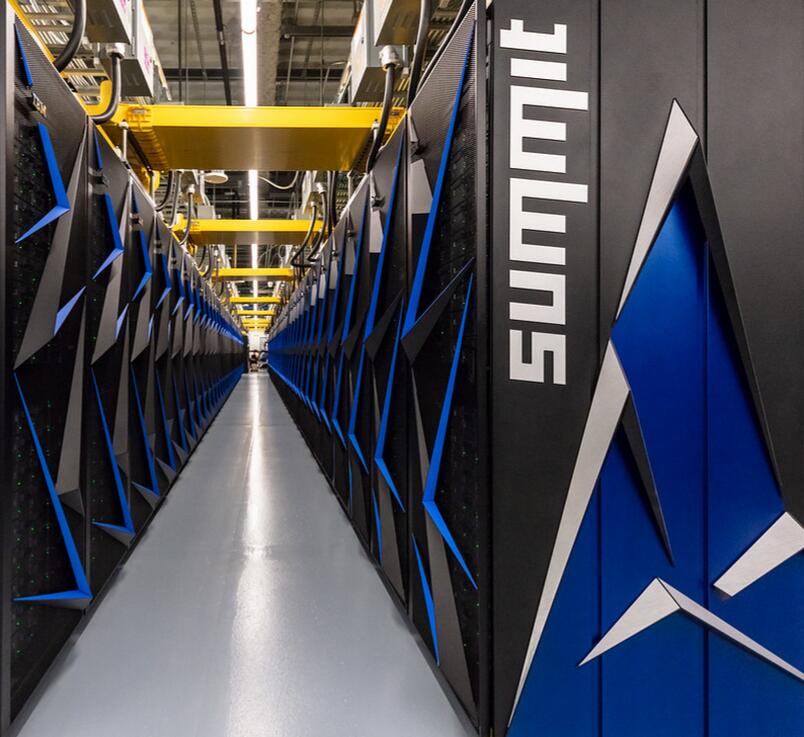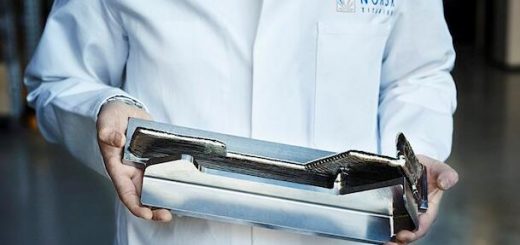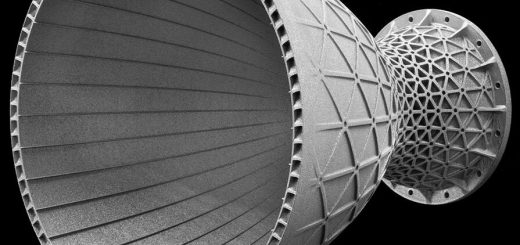3D Printing To Get Boost From World’s Fastest Computer
Tennessee’s Oak Ridge National Laboratory made history as part of the Manhattan Project, demonstrating the crucial ability to produce plutonium from uranium in a nuclear reactor. Today ORNL is at the forefront of another potentially world-changing technology involving tiny bits of matter: additive manufacturing.
Better known as 3D printing, additive manufacturing is the computer-controlled process of building objects layer by layer. Most systems use plastic or other polymers, but ORNL is pioneering the use of metal powders, which can be used to create objects that need to withstand tremendous heat and pressure, like jet engine parts. Printing parts, rather than assembling them from pieces of conventionally machined metal, can save time, money and weight — all prized commodities in the world of manufacturing.

Image courtesy:GE
Through partnerships with private companies, ORNL — which is sponsored by the U.S. Department of Energy — is exploring which alloys of steel, aluminum and other metals are most effective for particular applications. The potential for additive manufacturing with metal powders is tremendous, says Brian Thompson, GE Additive’s manager of design and development.
In October, GE Additive signed a five-year cooperative research and development agreement with ORNL to combine the lab’s research capabilities with GE’s experience in developing real-world products.
The agreement is an extension of ORNL’s work with Arcam, a company GE acquired in 2016. Arcam manufactures refrigerator-sized 3D printers that use electron beams to weld together millions of grains of fine-powdered metal, one hair-thin layer at a time, to build things like intricately detailed jet engine parts.
GE’s new Catalyst turboprop engine, for instance, includes a dozen 3D-printed parts that previously would have to have been built out of some 800 pieces, but that can now be printed as a single unit. A fuel nozzle for GE’s LEAP jet engine is now printed as one component instead of 20 pieces welded together. Distilling all those pieces down to one saves on weight, fuel consumption and cost.
Soure:GE




Recent Comments